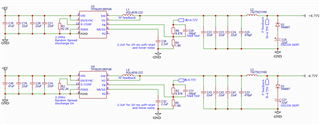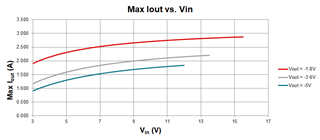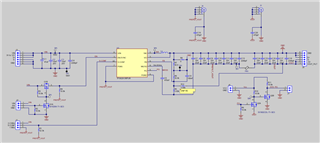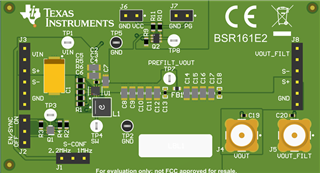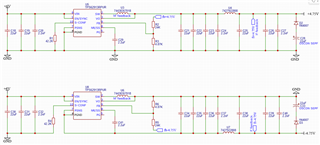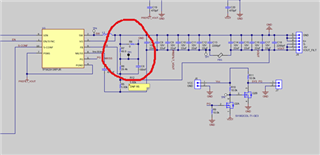Hi,
I'm looking for some assistance to create a +/- 4.75V low noise suply from 6V input and also optimise transient performance.
Can I use the TPS62913 to create a negative supply similar to SLVA317B? If so how would I connect the TPS62913 for negative rail?
